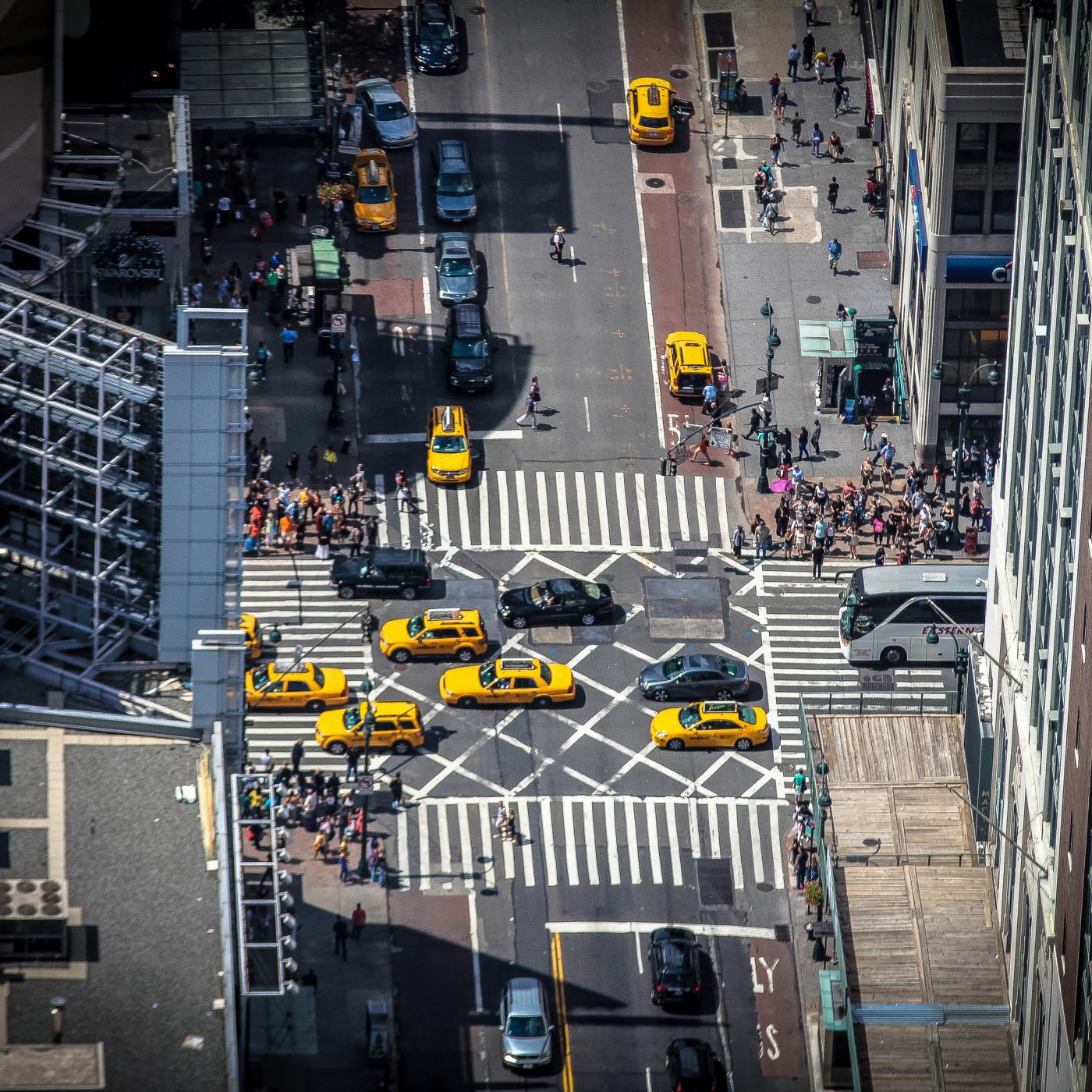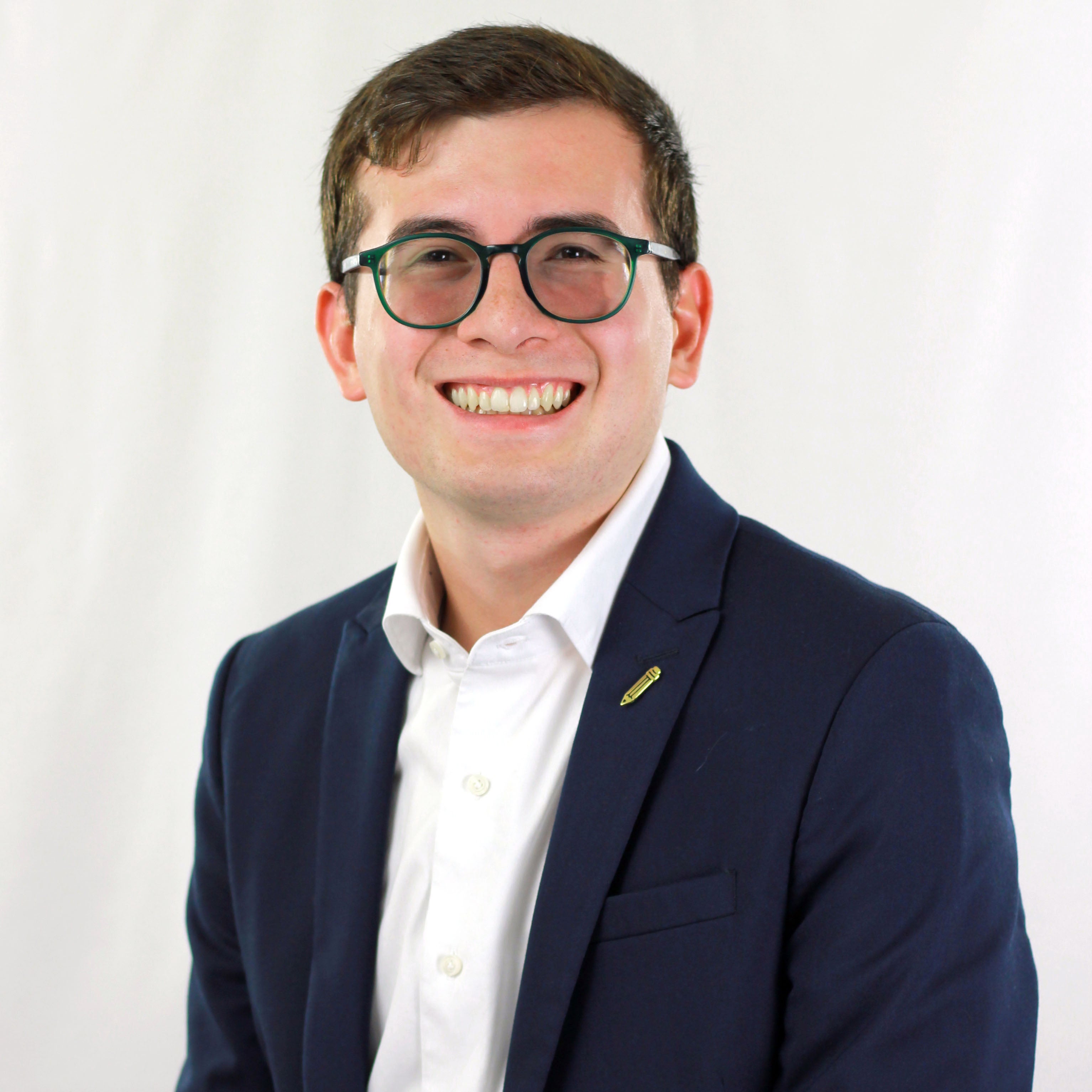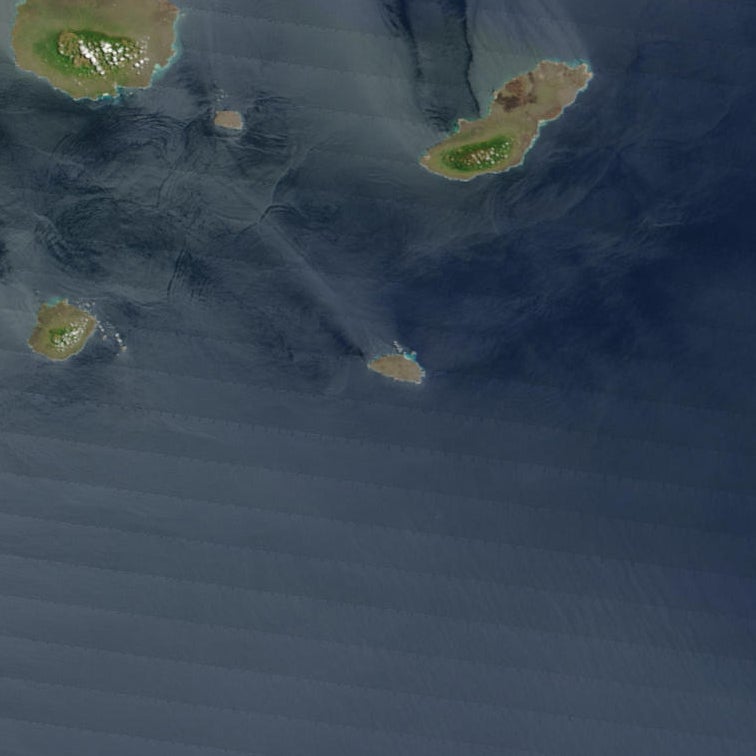
MALO A. HUTSON AND RESEARCH TEAM RECEIVE $26M GRANT FROM NSF TO ADVANCE SMARTER AND SAFER STREETSCAPES
Through a partnership with five universities, co-Principal Investigator Malo A. Hutson, Dean of the UVA School of Architecture and Edward E. Elson Professor, is helping to realize a vision for smarter streetscapes, with a goal to make livable, safe, and inclusive communities by using technologies built on advances in wireless communications. The National Science Foundation (NSF) recently announced its support of the research through a $26M grant for five-years.
This research partnership addresses the challenges that the nation’s urban areas are facing that threaten livability, safety, and inclusion by focusing on streetscapes, including neighborhood streets, sidewalks, and public spaces, that are at the center of public and commercial life. The team, which will establish a new NSF Engineering Research Center for Smart Streetscapes, led by Columbia University, will use engineering and planning knowledge to test smart technologies that can utilize data that is harnessed for the public good. Smarter streetscapes have the potential to help guide disabled pedestrians, amplify emergency services, and protect people against environmental and health threats. They can also address unmet needs in road and public safety, and traffic efficiency.
“One strength of NSF Engineering Research Centers is their ability to bring interdisciplinary academic teams together in convergent research to identify novel approaches to thorny societal challenges," said Dr. Susan Margulies, NSF Assistant Director for Engineering. “With their unique testbeds and industry partners, the centers innovate and translate solutions that are effective and sustainable.”
This work includes partnerships beyond academic institutions and involves working closely with over 80 non-academic community stakeholders — industry partners, community organizations, municipalities, and K-12 schools – both as collaborative co-producers of knowledge and as auditors of technology research and development. Uniting these diverse stakeholders and extensive network of partners, the team aims to deliver innovations across a multitude of research areas including high-speed wireless-optical networking, high-performance edge-cloud computing, situational awareness and human behavior forecasting, socio-technical barriers of privacy and security, and local intelligence response.


Initial research will focus on three pilot cities – New York, West Palm Beach, and New Brunswick, respectively exploring advanced wireless technologies, pedestrian mobility, and open road transportation. These pilots will foster opportunities in regional development, the emerging discipline of smart cities, and a next-generation workforce that spans across engineering, data science, policy, and urban planning.
“It is exciting to be a partner in this work with its focus on how innovation in smart systems can transform everyday life for urban communities,” said Dean Malo A. Hutson. “Our robust partnership across universities, the public and private sectors, and community stakeholders serves to help cities better address the needs of communities at the local level — to make for safer streets and inclusive public spaces which are at the center of thriving civic life.”
The U.S. National Science Foundation propels the nation forward by advancing fundamental research in all fields of science and engineering. NSF supports research and people by providing facilities, instruments and funding to support their ingenuity and sustain the U.S. as a global leader in research and innovation. With a fiscal year 2022 budget of $8.8 billion, NSF funds reach all 50 states through grants to nearly 2,000 colleges, universities and institutions. Each year, NSF receives more than 40,000 competitive proposals and makes about 11,000 new awards. Those awards include support for cooperative research with industry, Arctic and Antarctic research and operations, and U.S. participation in international scientific efforts. www.nsf.gov


